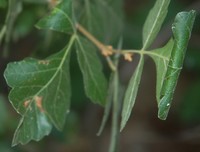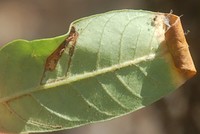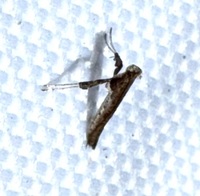
| Recorded by: Marilyn Westphal, Nora Murdock on 2025-10-25
Henderson Co.
Comment: | 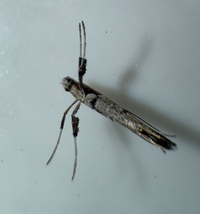
| Recorded by: Marilyn Westphal, Nora Murdock on 2025-10-25
Henderson Co.
Comment: |

| Recorded by: Mark Basinger on 2025-07-23
Columbus Co.
Comment: | 
| Recorded by: F. Williams, S. Williams on 2025-06-30
Gates Co.
Comment: |
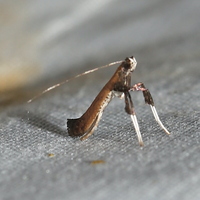
| Recorded by: David George on 2025-06-29
Richmond Co.
Comment: | 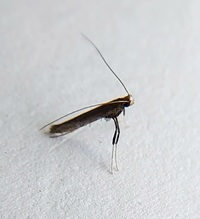
| Recorded by: Mark Basinger on 2025-06-14
Rowan Co.
Comment: |
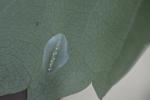
| Recorded by: T. Feldman on 2025-06-03
Carteret Co.
Comment: | 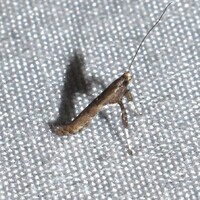
| Recorded by: Jeff Niznik, Larry Chen on 2025-04-02
Orange Co.
Comment: |
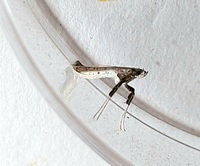
| Recorded by: Mark Basinger on 2025-03-15
Brunswick Co.
Comment: | 
| Recorded by: R. Newman on 2025-03-11
Carteret Co.
Comment: |

| Recorded by: Jim Petranka on 2024-07-20
Madison Co.
Comment: | 
| Recorded by: Jim Petranka on 2024-07-20
Madison Co.
Comment: |

| Recorded by: K. Bischof on 2024-05-14
Transylvania Co.
Comment: | 
| Recorded by: R. Newman on 2024-05-13
Carteret Co.
Comment: |
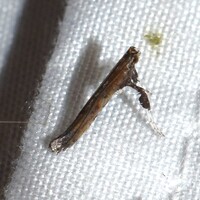
| Recorded by: Jeff Niznik on 2024-05-09
Orange Co.
Comment: | 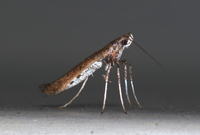
| Recorded by: Jim Petranka on 2024-04-02
Madison Co.
Comment: |
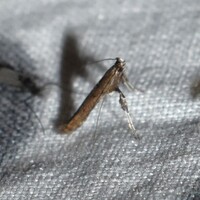
| Recorded by: David George, Jeff Niznik on 2024-04-01
Chatham Co.
Comment: | 
| Recorded by: David George, Jeff Niznik on 2024-04-01
Chatham Co.
Comment: |

| Recorded by: David George, Stephen Dunn, Jeff Niznik on 2023-08-18
Caswell Co.
Comment: | 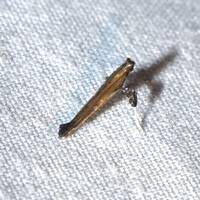
| Recorded by: Jeff Niznik on 2023-08-09
Durham Co.
Comment: |
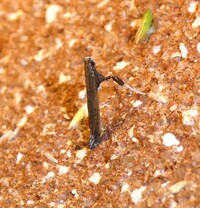
| Recorded by: Simpson Eason on 2023-08-03
Durham Co.
Comment: | 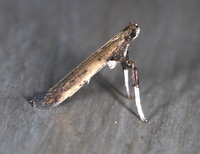
| Recorded by: Jim Petranka on 2023-07-25
Madison Co.
Comment: |

| Recorded by: Michael P. Morales on 2023-07-22
Cumberland Co.
Comment: | 
| Recorded by: Michael P. Morales on 2023-07-22
Cumberland Co.
Comment: |
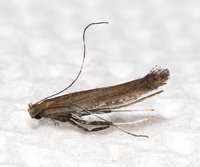
| Recorded by: David George on 2023-07-01
Durham Co.
Comment: | 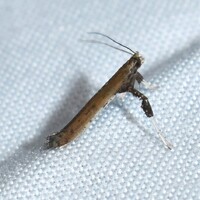
| Recorded by: Jeff Niznik on 2023-05-31
Durham Co.
Comment: |
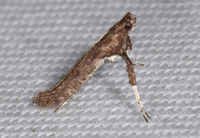
| Recorded by: Jim Petranka on 2023-04-19
Madison Co.
Comment: | 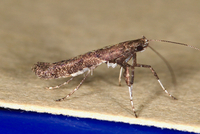
| Recorded by: Jim Petranka on 2023-03-23
Madison Co.
Comment: |
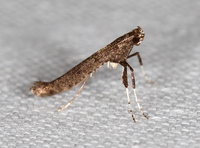
| Recorded by: Jim Petranka on 2023-03-06
Madison Co.
Comment: | 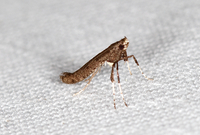
| Recorded by: Jim Petranka on 2023-03-06
Madison Co.
Comment: |
|

 »
»